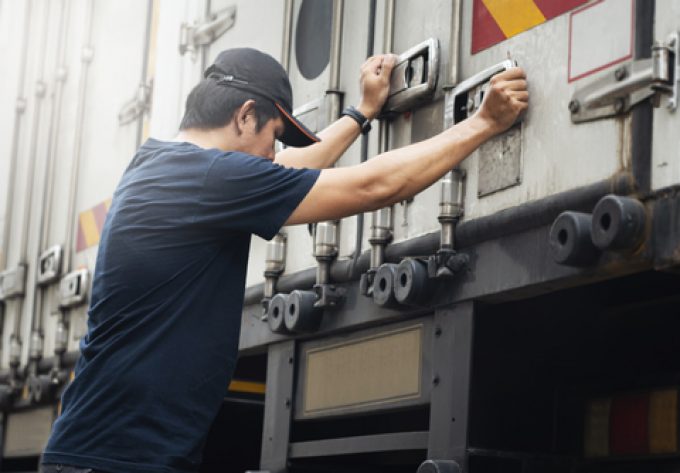Transnet set to unveil 'roadmap' to end shipping delays now at crisis point
Yesterday, South African minister Kumbudzo Ntshavheni addressed a roadmap to end the logistics crisis in ...

Despite falling demand, transit times from Asia have failed to improve, signifying a “broken” supply chain and “burned-out” logistics workers.
According to Taiwanese forwarder Team Global Logistics (TGL), reduced consumer spending is “dragging down” ocean and air freight demand, leading customers to assume transit times would ...

Comment on this article